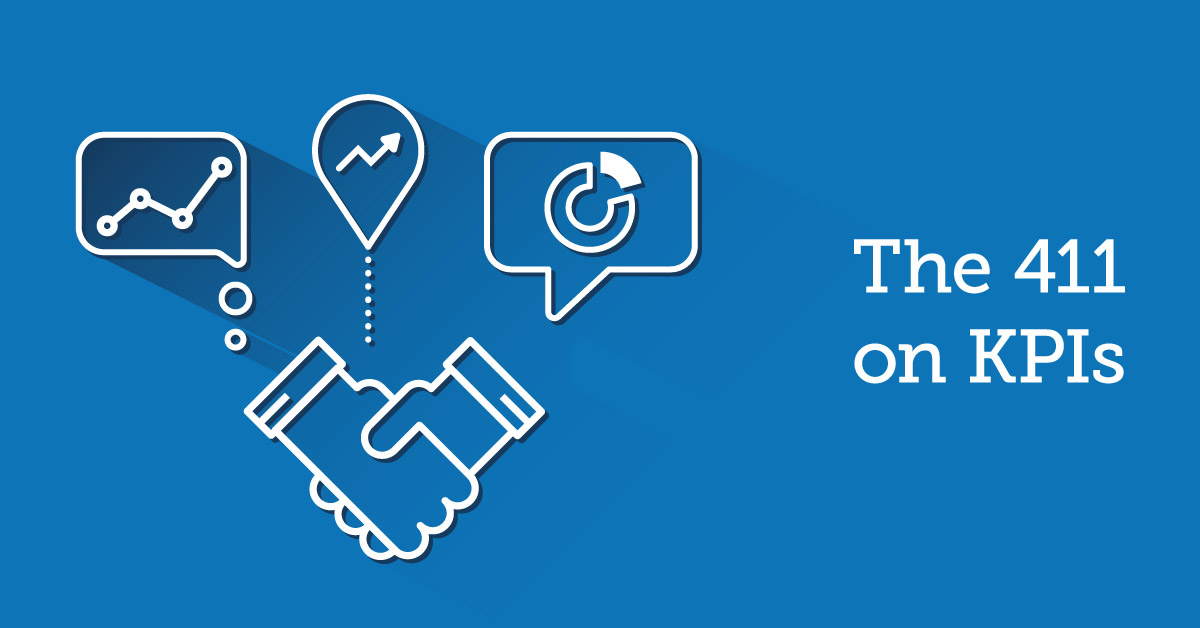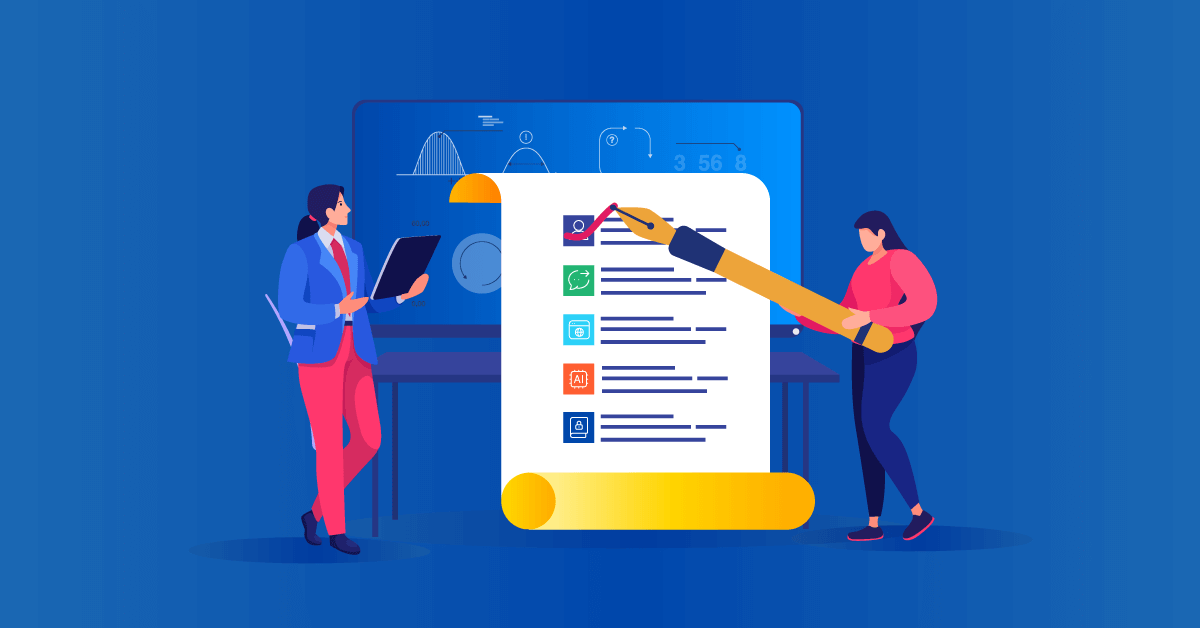Channel partners are the face of your products and services. They are your representatives, franchisees, vendors, consultants, resellers, contractors, and distributors and – depending on the success of their training – they can win (or lose) clients.
But how do you measure training success? With these top metrics.
Your Top Partner Enablement KPIs for Training
Track these key metrics to make sure that channel partner training is time and cost-effective for both you and your partners:
1) Changes in the number of partners
2) Revenue sourced through partners
3) Partner influence at each stage of the sales cycle
4) Number of deals registered
5) The size of the average deal closed
6) Average time to close deals
7) Number of courses attended per partner
8) Customer satisfaction with partners
9) Partner satisfaction
Let’s have a look at each individually:
1) Changes in the number of partners
Start by knowing how many partners you have in your channel ecosystem. Depending on your business, this could be dozens or even hundreds.
While it’s important to keep sight of the size of your channel partner pool, you should also know that having a large number of partners is not a measure of quality or effectiveness. Rather, a significant change in numbers (many partners gained or lost) can be an indication of partner satisfaction – including satisfaction with training!
2) Revenue sourced from partners
Knowing what kind of return on investment you’re getting per individual channel partner is key to successful partner enablement. How so?
Well, changes in the revenue generated through partners can be a good indication of whether they need more training (reduced revenue) or whether training has practically improved their performance with clients (increased revenue).
3) Partner influence at each stage of the sales cycle
Where are your partners making the most difference? And where do you need them to do more?
Map out your sales cycle, and then plot the role of partners at each stage. Typically, the five stages of the sales cycle are:
1) generate leads
2) qualify leads
3) demonstrate value
4) guide prospects’ understanding
5) deliver value and support
Once you have a clear view of when and how partners influence the sales cycle, ask yourself this: “How can training improve performance in the stages that are driven by channel partners?”
4) Number of deals registered
This might sound like one of the more obvious partner enablement KPIs. Still, it’s important to remember that the number of deals registered is not a complete measure of overall partner success.
Sometimes, deals are registered but not closed. Other deals are registered and closed, but they’re too small to make much of a difference to revenue. It’s also best practice to track active deals only. In other words, those that have recently moved to the next stage of the sales cycle.
5) The size of the average deal closed
This one relates directly to partner enablement ROI because if partners are closing large deals that bring in worthwhile revenue, you know that your training is paying off.
On the other hand, if partners can’t manage to move past the “small fry”, you might just need to take a closer look at what you’re missing in your channel partner training.

6) Average time to close deals
The question is simple – do partners seal the deal in less time after they’ve received training?
The average time spent closing a deal tells you how comfortable your partners are with moving through the sales cycle. It also indicates whether or not their product knowledge is up to scratch, and if they’re working well with the internal team.
If closing time isn’t speedy enough, or they’re losing clients due to an extended sales cycle, then it’s best to look at your other partner enablement KPIs to determine where the training gap may lie.
7) Number of courses attended per partner
How many of your training courses has each partner attended? This basic metric gives you an idea of partner commitment, and whether partners are taking advantage of the training opportunities you’re offering.
Remember that a partner enablement program is only effective if partners are actually participating in it. If partners aren’t using opportunities for training, try running a survey to discover what’s holding them back.
8) Customer satisfaction with partners
This is one of the partner enablement KPIs that is often only tracked for bigger partners, or on a ‘time-to-time’ basis. But it’s critical that customer satisfaction is tracked for all partners, even on smaller accounts. Because a whole lot of “smalls” can make a big difference to revenue!
Track whether partners are effectively marketing and selling to customers, and supporting them with a high-quality service experience. After all, attracting and securing many new customers will just harm your brand’s reputation if they all have a negative experience.
9) Partner satisfaction
Partner enablement programs shouldn’t overlook the happiness of the partners themselves. Because satisfied partners are far more likely to close deals and keep customers happy.
You can track partners’ satisfaction with partnership rewards, communications, training, and support by incorporating surveys into quarterly reviews. Robust feedback from channel partners will help you design training programs that meet all their needs.
KPIs: Only one side of the partner enablement coin
Measuring partner performance and satisfaction is all you need for effective partner enablement, right? Not so much.
Channel partners have many demands on their time and attention, including closing deals for you and keeping your customers happy. So, training programs need to offer them value without being inconvenient or difficult to complete.
Leverage a powerful LMS to train your channel partners online and pay close attention to mobile learning features that make learning that more convenient. Choose an LMS with the power to foster a collaborative “team” vibe, despite partners being geographically dispersed – like webinars. Creating bite-sized learning chunks, like short videos and infographics, can also enable just-in-time training and motivate course completion.
Finally, use different types of content formats, like gifs, infographics, and assessments, to appeal to different learning preferences. This will ward off boredom and stimulate training engagement.
Combine partner enablement KPIs with the best in online learning
Use KPIs to track how your partners are doing after training, what training they still need, and how engaged they are with your training program. Then, use a top-of-the-line LMS to provide training that meets their needs and preferences, without interfering with their workflow.
With the insights gained through measurement and the flexibility offered by a great learning platform, you’ll see your partnership ROI soar.



